Organon of the Medical Art: Homeopathy's Most Important Text
Synopsis
Samuel Hahnemann was a physician, chemist, linguist, historian of medicine, and scientific revolutionary. Early in his career, he became so disillusioned with the state of medical practice that he stopped practicing medicine in the firm belief that the methods he was taught would do more harm than good. Instead he made his living translating medical and other texts. While Hahnemann was translating the Scottish physican William Cullen's Materia Medica, specifically the section on the toxicology of Peruvian bark, he was struck by the similarity between the symptoms of poisoning from Peruvian bark (also known as cinchona, from which quinine is derived) and the symptoms of malaria against which it was used as a medicine. It occurred to him that this similarity might not be coincidental, but rather it might be the very basis of the medicine's curative power. Through numerous experiments conducted over several years, Hahnemann established that any medicine will cure a particular disease if it is capable of producing symptoms in healthy individuals which are similar to the totality of disease symptoms in the sick. These experiments also led to Hahnemann's development of guidelines for medicinal experimentation, which include testing medicines only upon healthy individuals (to avoid confounding the action of the medicine with the symptoms of the disease), the use of small doses, and the testing of any medicine on both men and women and on people with various bodily constitutions in order to determine a medicine's full range of action. Hahnemann's use of minute, potentized medicinal doses originally arose from his interest in reducing the adverse affects of medicines. He then discovered that by successively diluting and succussing a medicinal substance, not only were the adverse effects of the medicine diminished, but the inherent curative power of the substance was dramatically increased. This led to his discovery that medicines and diseases act dynamically, not materially. Hahnemann was a linguist of phenomenal ability. He spoke German, Latin, Greek and French fluently. Conventional Western Medicine, working from an allopathic basis, attempts to cure disease by opposing and suppressing its most obvious symptoms. Homeopathic medicine, however, treats the whole patient rather than isolated symptoms. Minute doses of medicines are used to combat disease by stimulating the patient's own life force. Samuel Hahnemann, the visionary 19th century physician who founded this system of treatment, distilled his philosophy and practice into the Organon of Medical Art. Long recognized as one of the most important books ever written on the subject of health, disease, and medical care, the Organon has for many years been required reading for all serious students of homeopathy. The wisdom of this seminal work is now available to contemporary readers as never before, in an English version edited and annotated by Wenda Brewster O'Reilly, based on a definitive new translation by Steven Decker. O'Reilly has produced a version of the Organon that is faithful to the nuances of Hahnemann's thought yet infinitely more accessible to contemporary readers than were previous editions. She has applied a system of chapters and sections to Hahnemann's text of numbered paragraphs, and her sidenotes, editor's footnotes, and glossary provide the context necessary for a true understanding of the author's meaning. Finally, the inclusion of an index vastly increases the volume's effectiveness as a reference tool. With the publication of this new edition, the genius of Samuel Hahnemann is brought to light. Now practitioners and patients alike can come to a deep understanding of the revolutionary mode of medical care that is homeopathy. Hahnemann's genius is timeless and his work is as relevant to all medical practices today as it was 200 years ago. Homeopathy stands firmly on his pillars of truth, which have been confirmed and potentized by daily experience.
Read more
45.90
41.31
$
51.00 $
Free delivery Wolrdwidе in 10-18 days
Ships in 2-4 days from New Delhi
Membership for 1 Year $35.00
Get it now and save 10%
Get it now and save 10%
BECOME A MEMBER
Books by the same authors
-
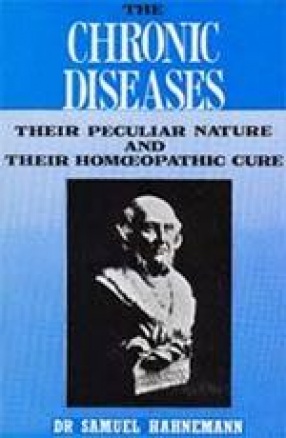
Chronic Diseases: Theory & Practice (In 2 Volumes)
-
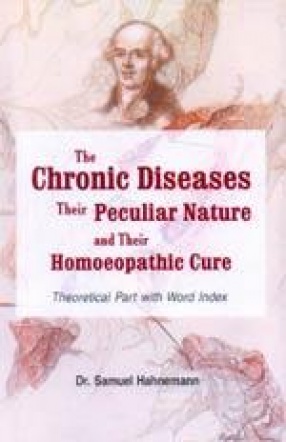
The Chronic Diseases their Peculiar Nature and their Homeopathic Cure
-
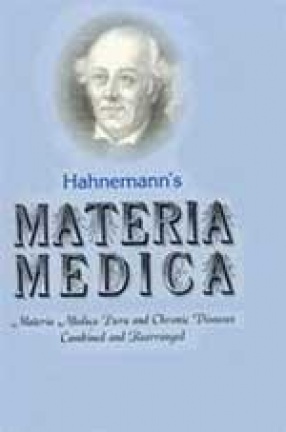
Hahnemann's Materia Medica: Materia Medica Pura & Chronic Diseases Combined & Rearranged (In 3 Volumes)
-
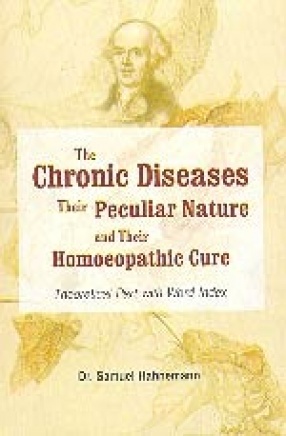
The Chronic Diseases, Their Peculiar Nature and Their Homoeopathic Cure: Theoretical Part With Word Index
Similar items

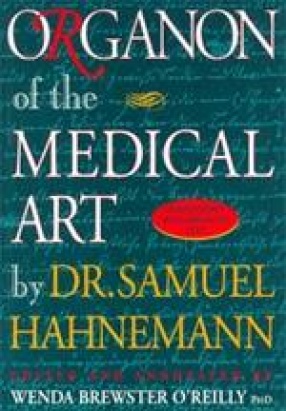
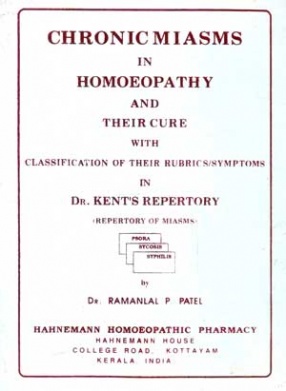
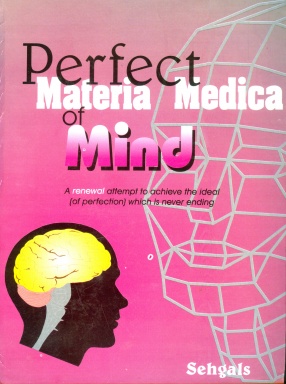
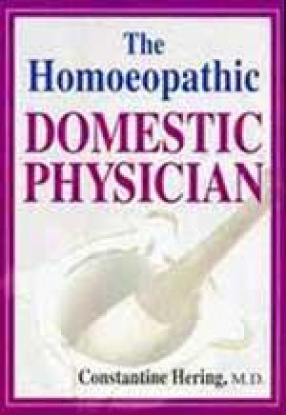
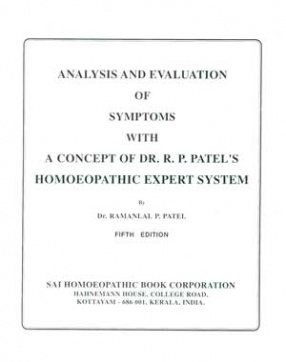

Bibliographic information
Wenda Brewster O'reilly
Steven Decker